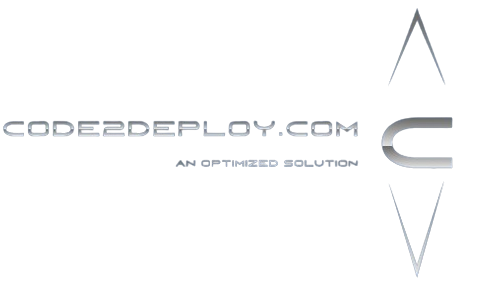The Kubernetes Scheduler (kube-scheduler) is responsible for assigning pods to nodes in the cluster based on various factors such as resource requirements, affinity/anti-affinity rules, node capacity, and user-defined constraints. Here’s how the kube-scheduler works:
- Pod Creation Request: When a user submits a request to create a pod, either through the Kubernetes API server or via a higher-level resource such as a Deployment or ReplicaSet, the request is initially received by the kube-API Server.
- Pod Information:
- The kube-API Server forwards the pod creation request to the kube-scheduler component.
- Scheduling Decision:
- The kube-scheduler evaluates various factors to determine the best node for placing the pod. These factors include:
- Resource requirements: CPU and memory requests/limits specified in the pod’s configuration.
- Node affinity/anti-affinity rules: Constraints that dictate pod placement based on node labels or other attributes.
- Pod tolerations: Specifications that allow pods to be scheduled on nodes with certain taints.
- Node capacity: The available resources (CPU, memory) on each node in the cluster.
- Pod inter-dependencies: Requirements for co-locating or spreading pods across different nodes.
- Custom scheduling policies: User-defined rules or preferences for pod placement.
- The kube-scheduler evaluates various factors to determine the best node for placing the pod. These factors include:
- Node Selection:
- Based on the evaluation of these factors, the kube-scheduler selects the most suitable node for placing the pod.
- Binding:
- Once a node is selected, the kube-scheduler updates the pod’s configuration to specify the selected node as its target node. This process is known as “binding.”
- Communication:
- The kube-scheduler communicates the scheduling decision back to the kube-API Server.
- Pod Deployment:
- The kube-API Server updates the pod’s configuration in the ETCD cluster to reflect the scheduling decision.
- Pod Creation:
- The kubelet running on the selected node receives the pod’s configuration from the kube-API Server.
- The kubelet pulls the required container images, creates the pod, and starts the containers on the node.
- Status Update:
- Once the pod is successfully deployed on the node, the kubelet updates the pod’s status in the ETCD cluster via the kube-API Server.
- Continuous Monitoring:
- The kube-scheduler continuously monitors the cluster for new pod creation requests and repeats the scheduling process as needed.
By following this process, the kube-scheduler ensures efficient and optimal utilization of cluster resources while meeting the requirements and constraints specified by users and administrators.

